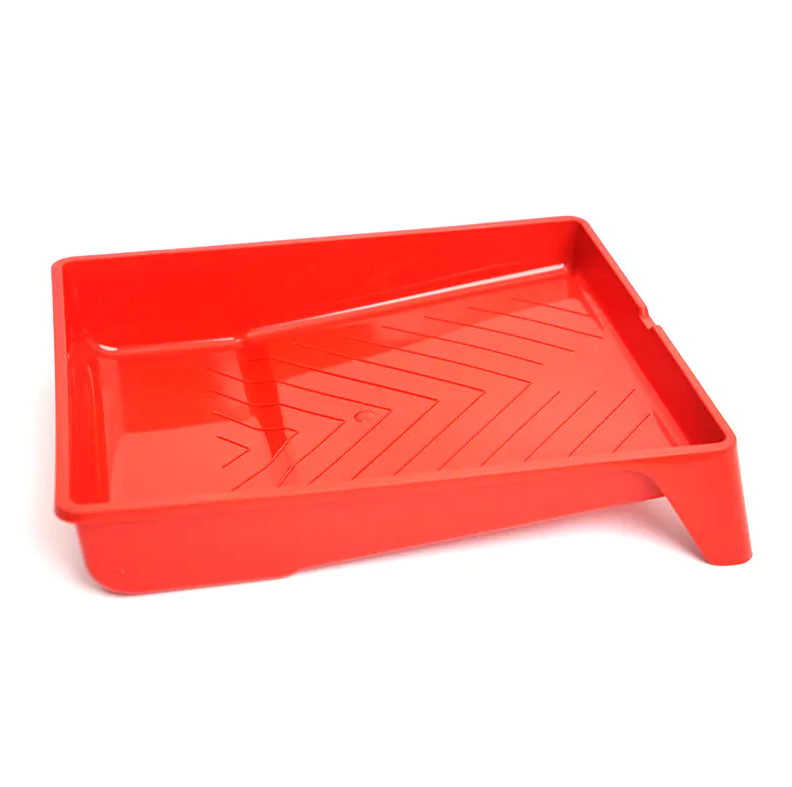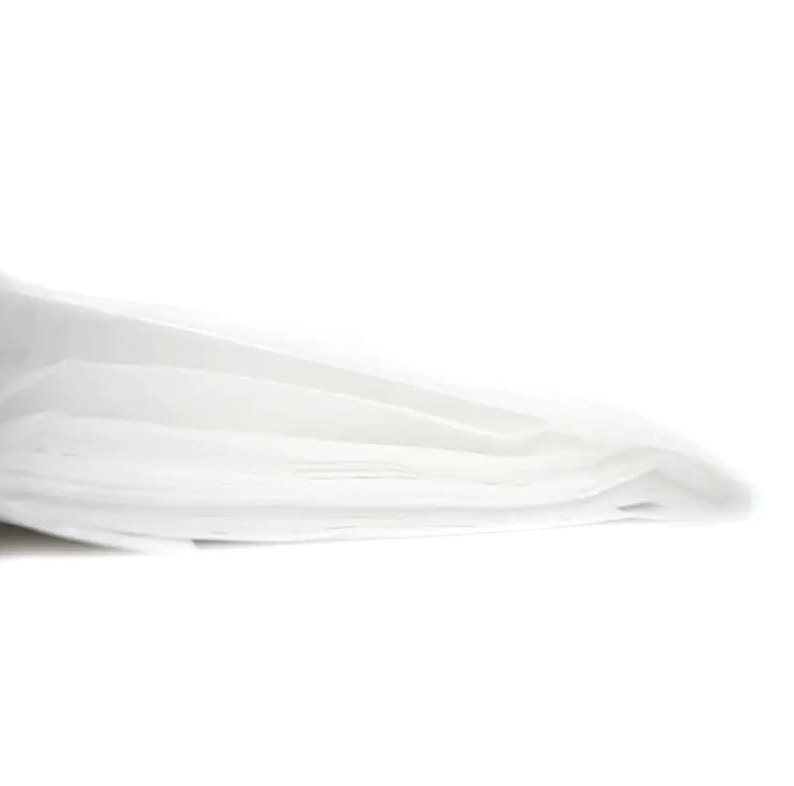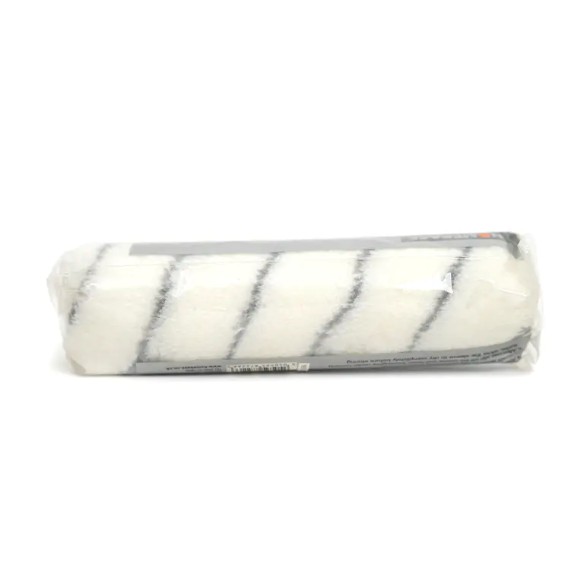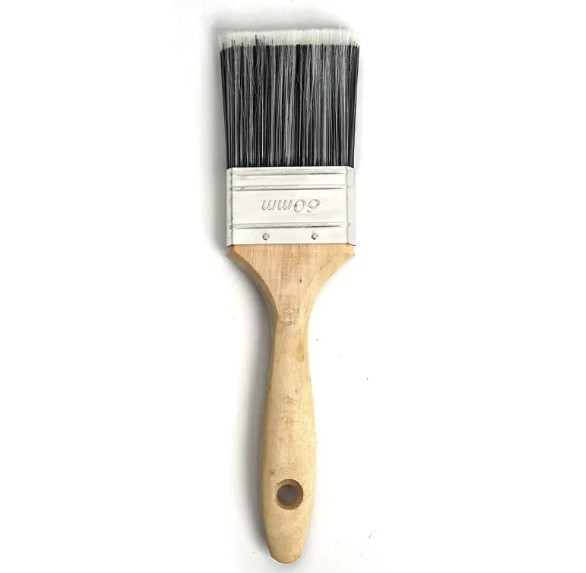Dust Sheet, also known as paint cloth, is a protective covering material widely used in construction, decoration, furniture protection and other operations. It is mainly used to prevent dust, paint particles, debris and other pollutants from polluting and damaging unfinished areas or finished surfaces during construction processes such as painting, spraying and grinding. Dust Sheet is usually made of high-strength and wear-resistant materials, with good dust-proof, moisture-proof and anti-fouling properties, and is an important tool in modern decoration and construction.
Dust Sheet is made of a variety of materials, and the following are common ones:
Canvas: Made of natural cotton, linen or synthetic fibers (such as polyester, nylon), it has good tensile strength and wear resistance, and is suitable for interior decoration and furniture protection.
Plastic film: such as HDPE (high-density polyethylene), LDPE (low-density polyethylene), LLDPE (linear low-density polyethylene), etc., with waterproof, moisture-proof and dust-proof properties, suitable for outdoor or humid environments.
Composite materials: such as canvas + plastic composite structure, which has both the strength of canvas and the dustproof and waterproof performance of plastic, and is suitable for high-demand construction scenes.
As a protective material widely used in construction, decoration, furniture protection and other operations, dustproof cloth fully considers the needs of various usage scenarios during its design and manufacturing process. Therefore, dustproof cloth usually has the following core characteristics, which makes it perform well in construction protection and daily use:
1. Dustproof and anti-fouling performance
One of the core functions of dustproof cloth is dustproof and anti-fouling. It can effectively prevent dust, paint particles, debris and other pollutants from polluting and damaging unfinished areas or finished surfaces.
Dustproof mechanism: Dustproof cloth usually adopts high-density weaving or composite structure, with tiny pores on the surface, which can not only block larger particles, but also will not completely close the air circulation, so as to maintain the dustproof effect while not affecting the ventilation during the construction process.
Anti-fouling ability: The surface treatment process of dustproof cloth makes it have a certain degree of anti-fouling. Even if a small amount of paint or coating splashes, it can be removed by wiping or cleaning, and will not penetrate into the cloth and affect subsequent use.
Applicable scenarios: suitable for interior decoration, wall painting, furniture renovation, spraying operations, etc., especially in environments that require fine construction, dustproof cloth can effectively protect the cleanliness of the completed parts.
2. Good breathability
During the construction process, especially in operations such as painting and spraying, the air humidity is high. If the dustproof cloth is completely impermeable, it may cause excessive humidity, affecting the construction effect or causing material aging. Therefore, breathability is a very important feature in the design of dustproof cloth.
Breathable mechanism: Some dustproof cloths use breathable membranes or special woven structures to allow air to pass through, but can effectively block dust and particulate matter.
Construction advantages: Good breathability helps to regulate the humidity of the local environment and avoid problems such as bubbling on the wall and uneven paint surface due to excessive humidity.
Applicable scenarios: Suitable for long-term construction or working environments that require certain ventilation conditions, such as large-scale wall painting, furniture spraying, etc.
3. Strong durability
The dustproof cloth needs to withstand certain physical pressure and environmental influences during the construction process, so its durability is an important indicator to measure its performance.
Material selection: Dustproof cloth usually uses high-strength canvas, HDPE (high-density polyethylene), LDPE (low-density polyethylene), LLDPE (linear low-density polyethylene) and other materials, which have good tensile, tear and aging resistance.
Service life: Under normal use conditions, the service life of dustproof cloth is long and can be used repeatedly, especially some reusable dustproof cloth, which has more advantages in durability.
Applicable scenarios: Suitable for high-intensity construction environments, such as construction sites, bridge construction, large-scale decoration projects, etc.
4. Easy to clean
After the construction is completed, the dustproof cloth often needs to be cleaned and maintained to extend its service life and maintain good protective performance. Therefore, easy cleanability is a feature that cannot be ignored in the design of dustproof cloth.
Cleaning method: Dustproof cloth usually adopts a washable or dry-wipe surface treatment process, which can effectively remove pollutants such as dust and paint residues.
Cleaning advantages: After use, just wipe or rinse it simply to restore its dustproof performance, which is convenient for reuse and reduces waste.
Applicable scenarios: Suitable for construction environments that are frequently used or require multiple cleanings, such as home decoration, furniture renovation, temporary construction protection, etc.
In actual applications, users can choose dustproof cloths of different materials, thicknesses and specifications according to specific construction needs to achieve the best protection effect. At the same time, with the improvement of environmental protection concepts, more and more dustproof cloth products are also developing in the direction of environmental protection, degradability and reusability, providing a greener and more sustainable solution for the construction industry and daily life.
The size and thickness of dustproof cloth vary according to the use scenario and needs. Common specifications include:
Size: such as 9 feet × 12 feet (about 2.7 meters × 3.6 meters), 4 meters × 5 meters, 210 cm × 275 cm, etc.
Thickness: Usually in "mil" (1 mil = 0.0254 mm) or "micron" (1 micron = 0.001 mm) units, common thickness ranges from 1 mil to 200 microns.
Dust-proof cloths of different thicknesses are suitable for different construction environments. For example, thin dust-proof cloths are suitable for indoor decoration, while thick dust-proof cloths are suitable for outdoor or heavy industrial environments.
The application of dust-proof cloths is very wide, and the main uses include:
Indoor decoration: used to protect the surfaces of floors, furniture, doors and windows, electrical appliances, etc. from paint, coatings, glue, etc.
Wall painting: During the wall painting process, prevent paint from dripping into the unconstructed area and keep the wall clean.
Furniture protection: During furniture renovation, painting, and polishing, protect the furniture surface from damage.
Outdoor construction: such as construction sites, bridge construction, etc., to prevent dust, rain, debris, etc. from damaging equipment and structures.
Creative design: Dust-proof cloth can also be used to make dust covers, electric heater covers, piano keyboard covers, children's toys, etc., which are multifunctional and interesting.
Usage and precautions
Usage:
Before construction, lay the dust-proof cloth flat on the surface to be protected to ensure full coverage without overlap or omission.
Choose the appropriate size and thickness according to the construction requirements to ensure that the dustproof cloth can effectively block pollutants.
After use, it should be cleaned in time to avoid paint, dust, etc. adhering to the cloth and affecting the next use.
Precautions:
Avoid using it in extreme weather conditions, such as strong winds, heavy rains, etc., to prevent the dustproof cloth from being blown away or damaged.
The dustproof cloth should not be exposed to the sun for a long time to avoid aging or discoloration.
Before use, check whether the dustproof cloth is damaged to avoid affecting the protective effect.
As a protective material widely used in scenes such as construction, decoration, and furniture protection, the dustproof cloth has the advantages of dustproof, moisture-proof, anti-fouling, and durability. It not only plays an important role in traditional construction, but also shows more and more potential in creative design and daily life. With the improvement of environmental protection concepts and the diversification of market demand, dustproof cloth is developing in a more environmentally friendly, intelligent, and multifunctional direction.



 Español
Español







